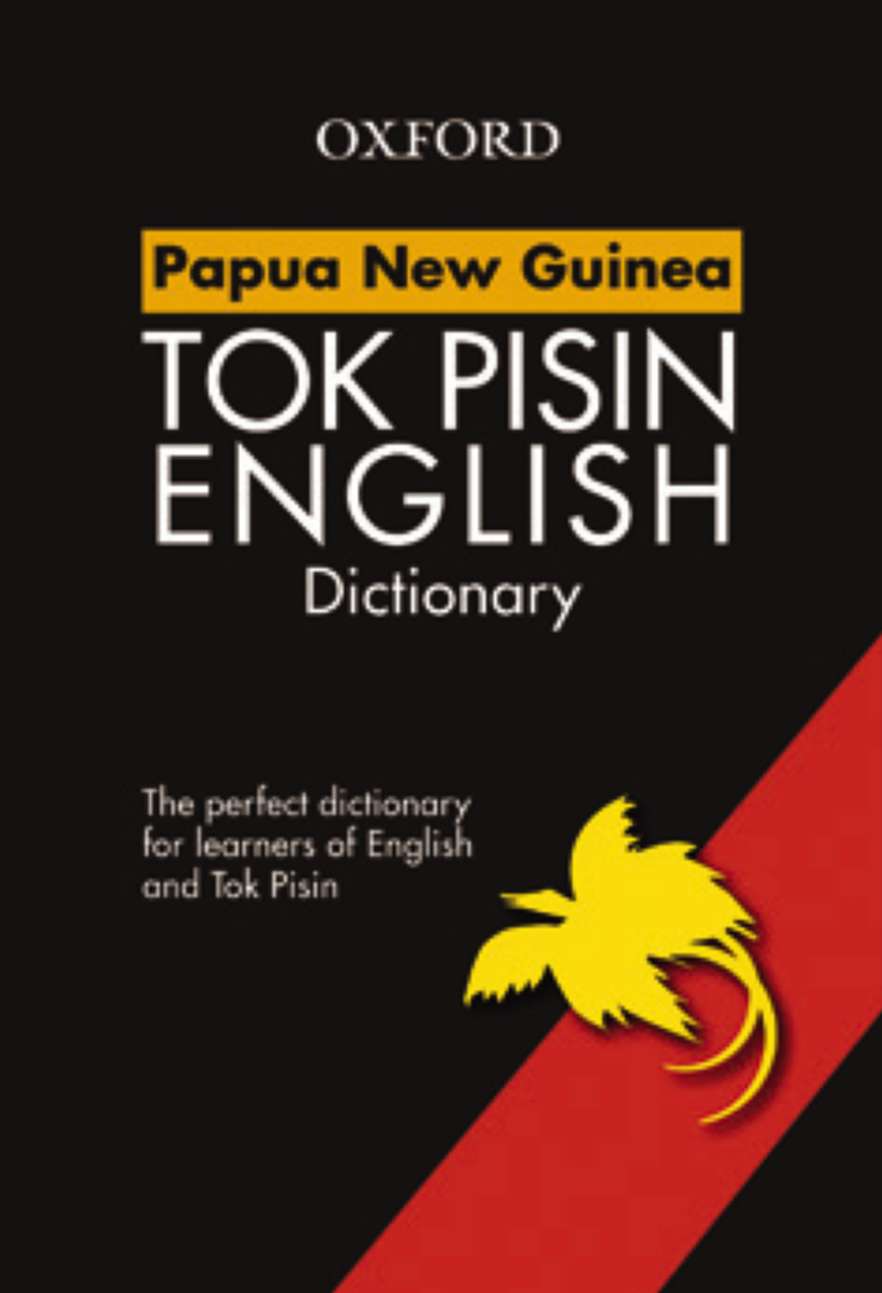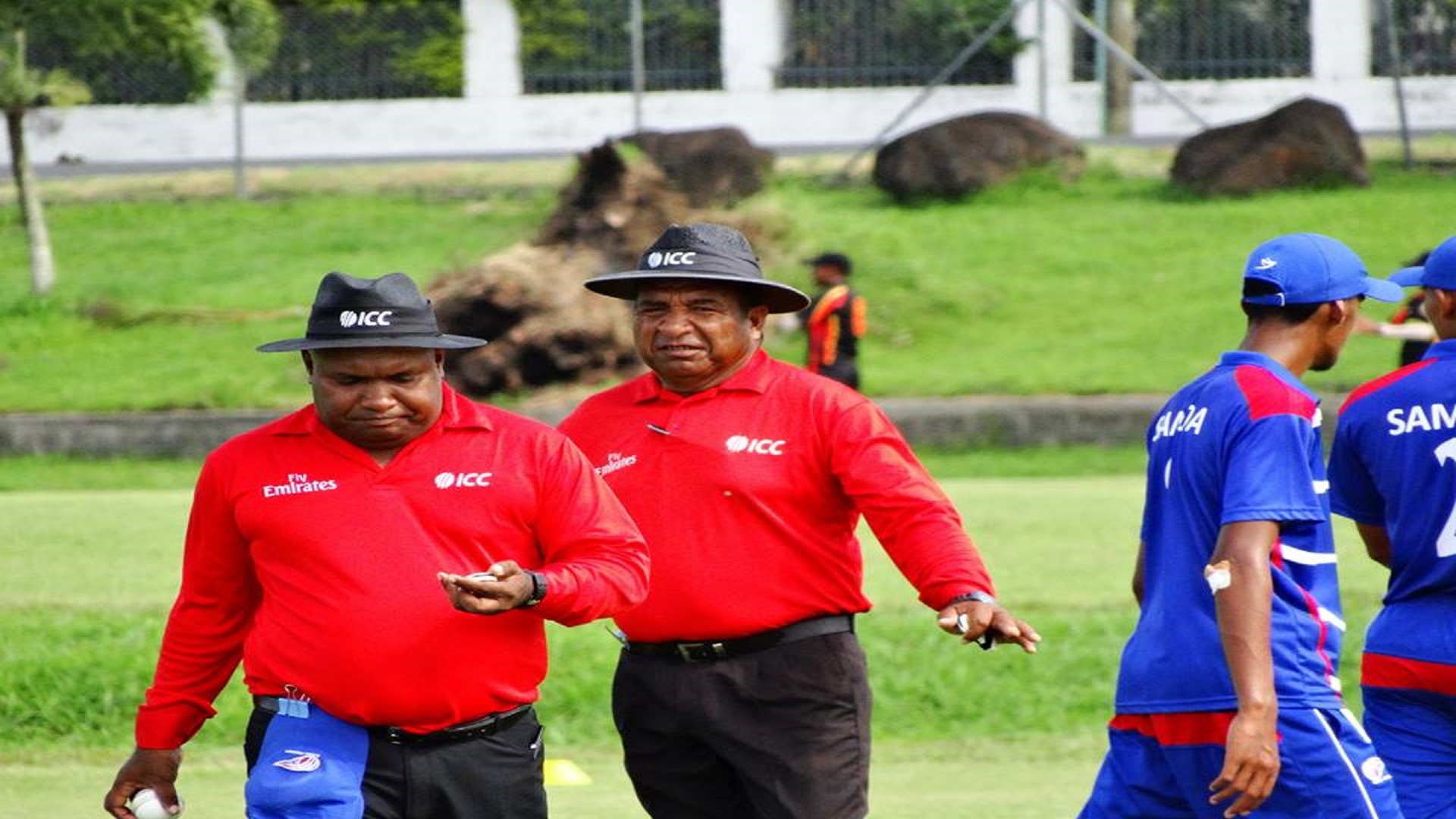

It was adopted and used by colonial authorities in the region and became a popular lingua franca throughout the Australian administered territory of Papua. Hiri Motu is a simplified version of the Motuan language used between different language groups along the Southern coast of PNG. Papua New Guinea broadcaster EMTV publishes its tok pisin news broadcasts online. The ABC’s Radio Australia broadcasts news and information programming in Tok Pisin and publishes stories through the ABC News website.

The Australian National University offers studies in Tok Pisin through its College of Asia and the Pacific. Documentation and audio files are available to help the learning speaker. James Cook University maintains online pages with copies of a Tok Pisin language course developed the Australian National Unversity in the 1970s and 80s. There are few formal training programs in Tok Pisin, but there are a number of online resources to help the first-time speaker to gain proficiency. The language takes much of its grammar and vocabulary from English, with a number of words also adopted from German, and to a smaller extent from dominant traditional language groups. It is spoken and understood by an estimated three quarters of the country. Tok Pisin Photo: Twitter/Tim Bryson Pisin, literally ‘pidgin language’, is one of three official languages of Papua New Guinea, and in a country where more than 800 languages are spoken has become the most widely spoken language in the country. These are English, Tok Pisin and Hiri Motu. To facilitate communication between different language groups, the country has adopted three languages as the official languages of government. Traditional languages may be limited to a small group or spread across a large geographic area. Perhaps one million people now use Tok Pisin as a primary language.More languages are spoken in Papua New Guinea than in any other country on Earth – an estimated 800 different languages.

Urban families in particular, and those of police and defence force members, often communicate among themselves in Tok Pisin, either never gaining fluency in a vernacular ("tok ples"), or learning a vernacular as a second (or third) language, after Tok Pisin (and possibly English). Between one and two million are exposed to it as a first language, in particular the children of parents or grandparents originally speaking different vernaculars (for example, a mother from Madang and a father from Rabaul).

In parts of Western, Gulf, Central, Oro Province and Milne Bay Provinces, however, the use of Tok Pisin has a shorter history, and is less universal, especially among older people.īetween five and six million people use Tok Pisin to some degree, although by no means do all of these speak it well. It is an official language of Papua New Guinea and the most widely used language in that country. Tok Pisin is a creole spoken throughout Papua New Guinea.


 0 kommentar(er)
0 kommentar(er)
